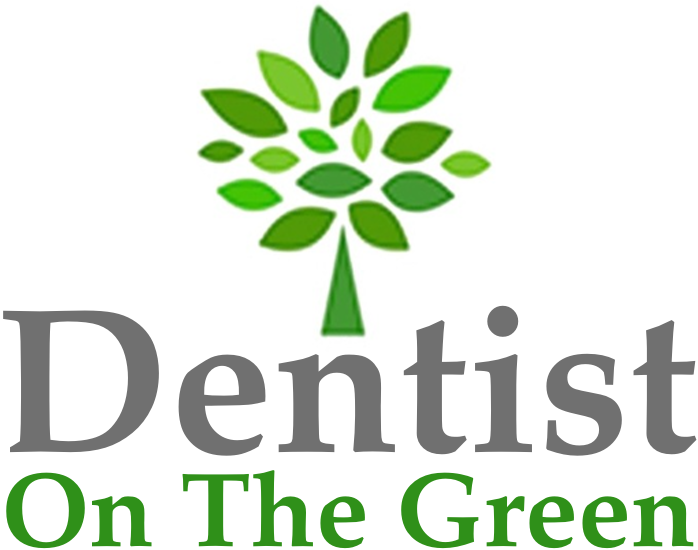Inlays and Onlays

You are probably familiar with the idea of having a filling as many people have at least one, but you might not be aware of other types of fillings and when we may need to use them. As well as ordinary fillings, we can also provide you with an inlay or onlay. So what is the difference between all these options and when are they likely to be used?
Fillings
Fillings are great for repairing small to medium sized cavities and as well as silver coloured amalgam fillings, these days we can provide you with hard wearing tooth coloured composite resin fillings that will mend your teeth just about invisibly. This is because of the introduction of newer and stronger materials that are suitable for repairing even back teeth that come under a lot of wear and tear during chewing. There are several advantages in choosing a composite resin filling as at Denstist on the Green will only need to do minimal preparation to the tooth, removing only the damaged portion before placing the filling.
With an amalgam filling it is necessary to remove a greater amount of tooth structure. Additionally composite resin bonds extremely well to the natural tooth structure and will create a nice tight seal to keep out bacteria. The procedure to place a composite resin filling is more technique sensitive but the results can look wonderful.
Inlays
Inlays are used to repair the large chewing surface of a back tooth and to mend larger cavities where a conventional filling wouldn’t be strong enough. These chewing surfaces can often develop cavities as they do contain quite deep fissures that can easily trap plaque and food. With an inlay, our dental professional will need to carefully prepare the tooth before taking a detailed impression that will be sent to a dental laboratory so your inlay can be handcrafted from either porcelain or gold.
Onlays
An onlay is similar to an inlay, just a little larger. It can repair a cavity right in the central part of the chewing surface as well as one or more of the tooth cusps. These are the raised points on the tooth. Your onlay can be made in exactly the same way as an inlay, either in our dental laboratory or on-site with our milling machine.
Regardless of whether you have a filling or an inlay or onlay, your tooth will be restored to its full strength and structure so you can bite and chew without fear of your tooth crumbling away.
